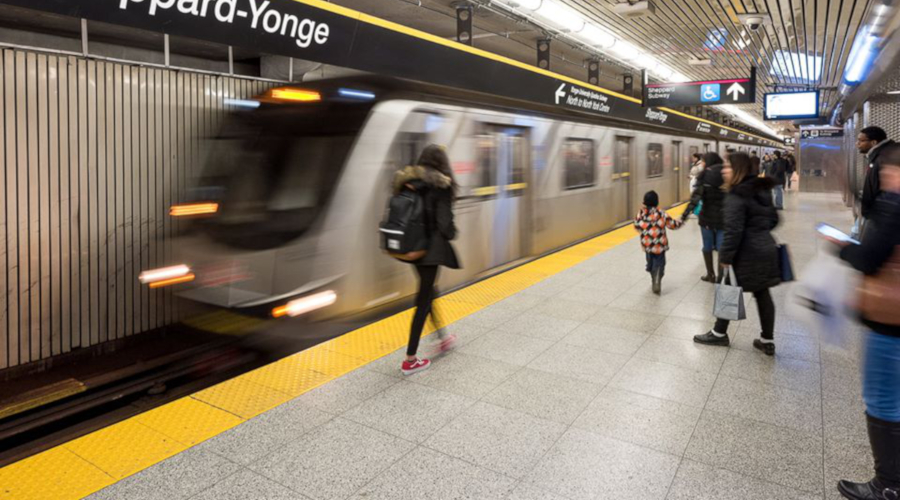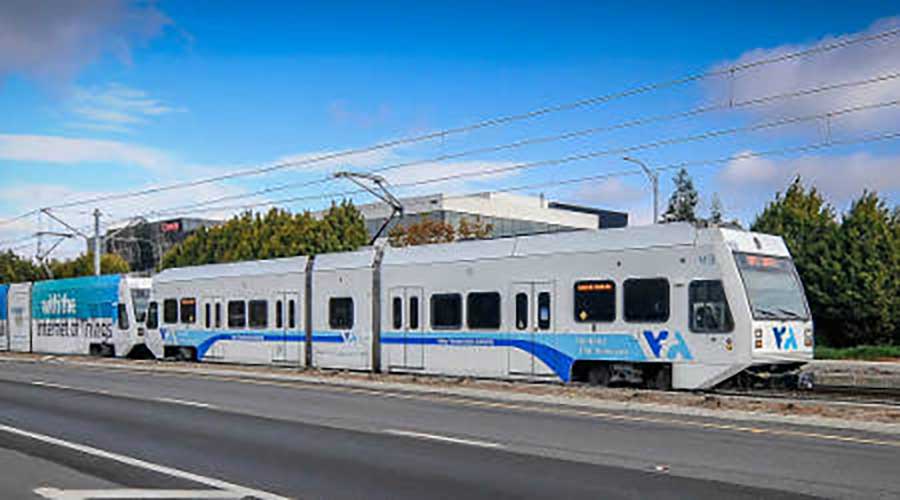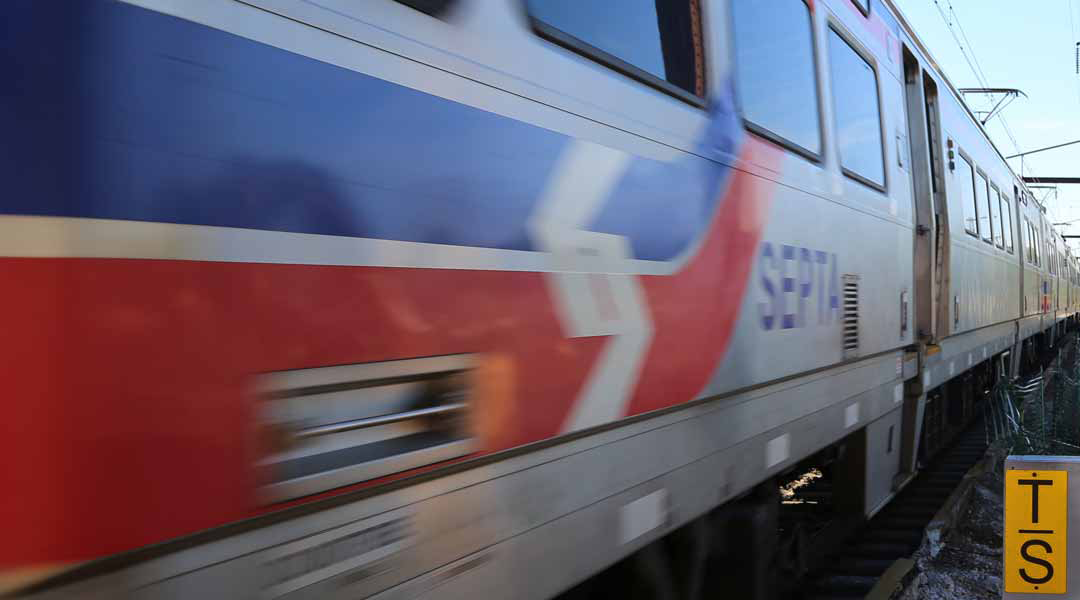Newsletter Sign Up
Stay updated on news, articles and information for the rail industry
Stay updated on news, articles and information for the rail industry
RAIL EMPLOYMENT & NOTICES
Rail News Home
Passenger Rail
Rail News: Passenger Rail
10/11/2002
Rail News: Passenger Rail
MTA to merge agencies into five companies
advertisement
After 37 years spent assuming oversight of many New York City transportation providers, Metropolitan Transportation Authority announced Oct. 9 that it plans to restructure and merge the various agencies over the next two years into five distinct companies, each with a single transportation mission.
The five companies would be: MTA Rail Road, comprising Long Island Rail Road (LIRR) and Metro-North Railroad (MNR); MTA Subways, comprising New York City Transit subways and Staten Island Railway; MTA Bus, comprising Long Island Bus, MaBTSOA and NYC Transit buses; MTA Capital, in charge of overseeing all MTA system expansion projects; and MTA Bridges and Tunnel, which largely would remain unchanged from its current form.
LIRR was created in 1834 and has been part of MTA since 1968. MNR formerly was part of Conrail and joined MTA in 1976.
"Merging the two railroad managements into a single structure will help create a more efficient railroad; one with a broader regional focus," said MTA Chairman Peter Kalikow in a prepared statement. "The [restructuring] will also help streamline administrative services and result in a more uniformed implementation of inventory, equipment, maintenance and customer strategies."
Despite MTA’s stated goal of streamlining administrative services and reducing redundant administrative functions, officials do not expect to dramatically change its workforce of 62,000.
"No MTA collective bargaining agreements will be unilaterally changed by the restructuring plan," said Kalikow. "In addition, union representation will continue to be determined by the wishes of our employees."
Also part of the proposed restructuring, MTA Subways would continue operating NYC Transit’s 660-mile subway system, as well as the 14.3-mile Staten Island Railway.
But both rail companies, as well as MTA’s bus, and bridge and tunnel operators, would not individually manage capital projects.
MTA already had several expansion plans in place, including East Side Access, bringing LIRR into Grand Central Terminal, Second Avenue Subway’s extension from Harlem to downtown Manhattan’s Financial District, No. 7 subway’s extension into the West Side and MNR’s access to Penn Station.
"Moving any one of these projects forward would be challenging, but moving forward simultaneously while handling the already existing $17 billion capital improvement program presents even greater challenges," said Kalikow. "The new MTA Capital company will provide a single point of focus to allow us to advance system expansion with a coordinated approach."
Before year end, MTA plans to submit its restructuring plan to the state legislature for approval.
The five companies would be: MTA Rail Road, comprising Long Island Rail Road (LIRR) and Metro-North Railroad (MNR); MTA Subways, comprising New York City Transit subways and Staten Island Railway; MTA Bus, comprising Long Island Bus, MaBTSOA and NYC Transit buses; MTA Capital, in charge of overseeing all MTA system expansion projects; and MTA Bridges and Tunnel, which largely would remain unchanged from its current form.
LIRR was created in 1834 and has been part of MTA since 1968. MNR formerly was part of Conrail and joined MTA in 1976.
"Merging the two railroad managements into a single structure will help create a more efficient railroad; one with a broader regional focus," said MTA Chairman Peter Kalikow in a prepared statement. "The [restructuring] will also help streamline administrative services and result in a more uniformed implementation of inventory, equipment, maintenance and customer strategies."
Despite MTA’s stated goal of streamlining administrative services and reducing redundant administrative functions, officials do not expect to dramatically change its workforce of 62,000.
"No MTA collective bargaining agreements will be unilaterally changed by the restructuring plan," said Kalikow. "In addition, union representation will continue to be determined by the wishes of our employees."
Also part of the proposed restructuring, MTA Subways would continue operating NYC Transit’s 660-mile subway system, as well as the 14.3-mile Staten Island Railway.
But both rail companies, as well as MTA’s bus, and bridge and tunnel operators, would not individually manage capital projects.
MTA already had several expansion plans in place, including East Side Access, bringing LIRR into Grand Central Terminal, Second Avenue Subway’s extension from Harlem to downtown Manhattan’s Financial District, No. 7 subway’s extension into the West Side and MNR’s access to Penn Station.
"Moving any one of these projects forward would be challenging, but moving forward simultaneously while handling the already existing $17 billion capital improvement program presents even greater challenges," said Kalikow. "The new MTA Capital company will provide a single point of focus to allow us to advance system expansion with a coordinated approach."
Before year end, MTA plans to submit its restructuring plan to the state legislature for approval.


 2025 MOW Spending Report: Passenger-rail programs
2025 MOW Spending Report: Passenger-rail programs
 Gardner steps down as Amtrak CEO
Gardner steps down as Amtrak CEO
 Guest comment: Oliver Wyman’s David Hunt
Guest comment: Oliver Wyman’s David Hunt
 Women of Influence in Rail eBook
Women of Influence in Rail eBook
 railPrime
railPrime







